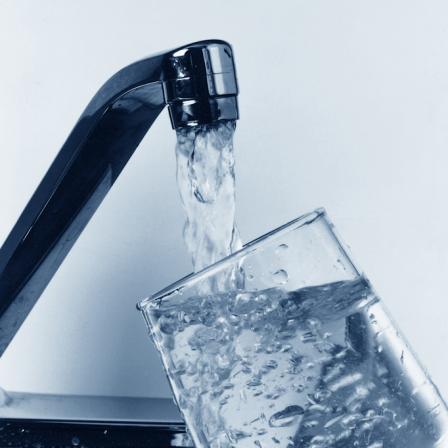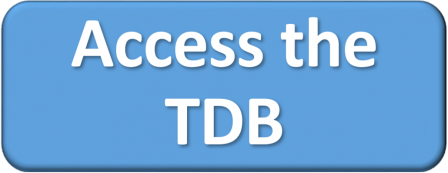Drinking Water Treatability Database (TDB)
Information on treatment processes for controlling contaminants
On this Page
EPA's Drinking Water Treatability Database (TDB) is an easy to use tool that provides referenced information on the control of contaminants in drinking water. It was designed for use by utilities, first responders to spills or emergencies, regulatory agencies, consultants and technical assistance providers, treatment process designers, and researchers.
Information is now available for 35 treatment processes and 123 regulated and unregulated contaminants, including 26 PFAS chemicals.
Overview and Search Capabilities
 Treatment and contaminants information in the TDB is gathered from thousands of literature sources focused on bench-, pilot-, and full-scale studies of surface water, groundwater, and laboratory water. The literature comes from peer-reviewed journals and conferences, other conferences and symposia, research reports, theses, and dissertations. Costs are not presented. However, the data pages indicate if a reference contains cost information and if a reference describes or cites an analytic method used to measure a contaminant.
Treatment and contaminants information in the TDB is gathered from thousands of literature sources focused on bench-, pilot-, and full-scale studies of surface water, groundwater, and laboratory water. The literature comes from peer-reviewed journals and conferences, other conferences and symposia, research reports, theses, and dissertations. Costs are not presented. However, the data pages indicate if a reference contains cost information and if a reference describes or cites an analytic method used to measure a contaminant.
Contaminants: The TDB includes chemical, microbial, and radiological contaminants that are regulated in drinking water, on the Contaminant Candidate List (CCL), of water security interest, of pesticide registration interest, and endocrine disruptors and pharmaceuticals. Because control strategies for disinfection byproducts (DBPs) are different than contaminants present in source waters, DBPs are not included in the TDB. Information on contaminants includes parameters, such as solubility, vapor pressure, Henry's Law constant; microbial parameters, such as size and shape; and fate and transport parameters that may be useful in assessing the contaminant's presence in source waters.
Treatment Processes: The number of drinking water treatment processes in the TDB is extensive and includes those most commonly employed and those less commonly employed but known to be effective. Information upon which the treatment process effectiveness depends is provided and includes key process and water quality parameters and the contaminant's importance.
Applications
The information collected within the TDB may be used for regulatory purposes, such as regulatory review and contaminant candidates list (CCL) determinations, and in designating best available technology. It may also range from being used in response to water security emergencies to water treatment design and in identifying research needs.
Example applications:
- Identify effective drinking water treatment processes.
- Plan for future treatment plant upgrades.
- Assist regulators in best available technology and CCL decisions.
- Provide information to first responders to spills or emergencies.
- Recognize research needs.
- Complement literature reviews and literature searches.
Platform and Compatibility
The TDB is available as a mobile web-based application that requires an internet connection. The mobile web-based app can be used on desktop devices and mobile devices, such as smartphones and tablets, and is compatible with all operating systems.
Future Updates and Support
Information in the TDB will be routinely reviewed to keep it current. As resources allow, the number of contaminants in the TDB will increase annually to include other regulated and unregulated drinking water contaminants. We appreciate feedback for upgrades to the TDB, including contaminants you would like to see added.
For questions, comments, or suggestions, contact us at tdb@epa.gov.

